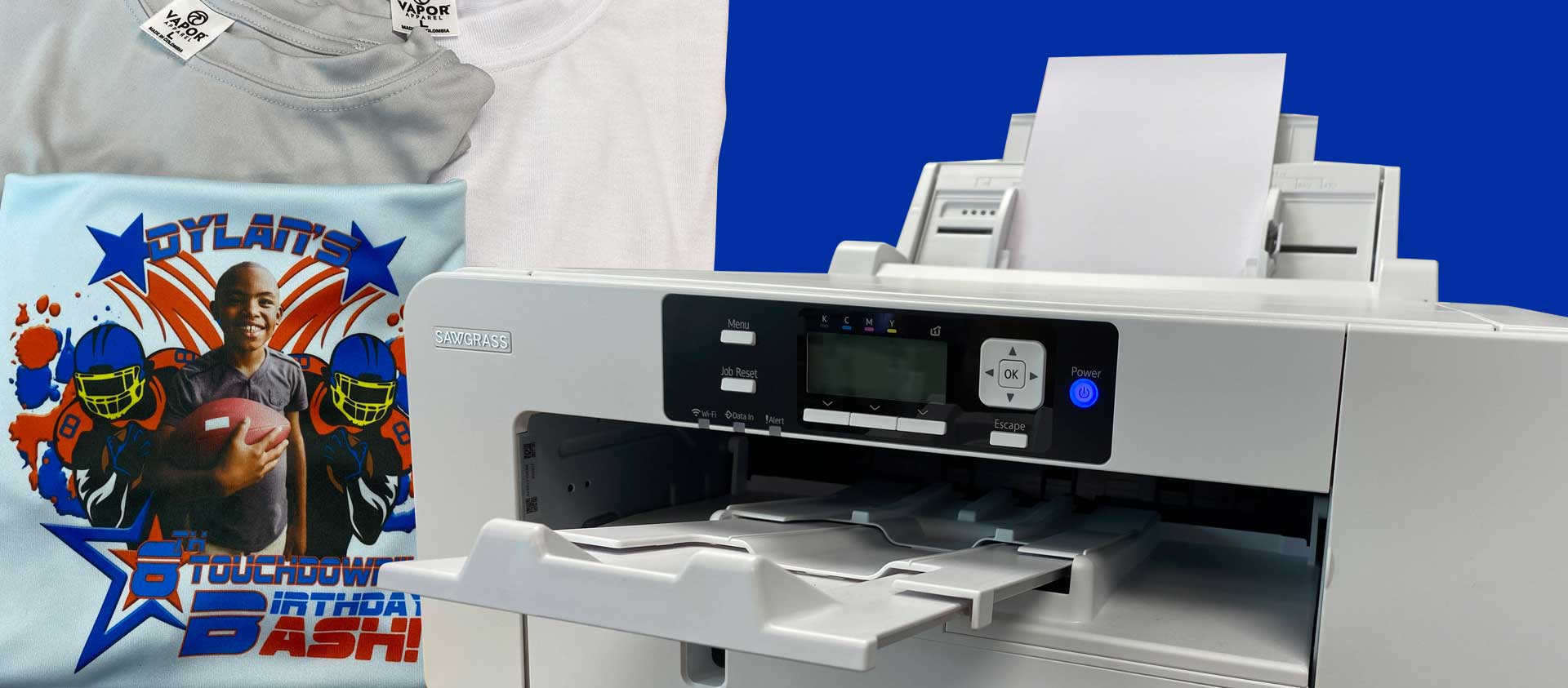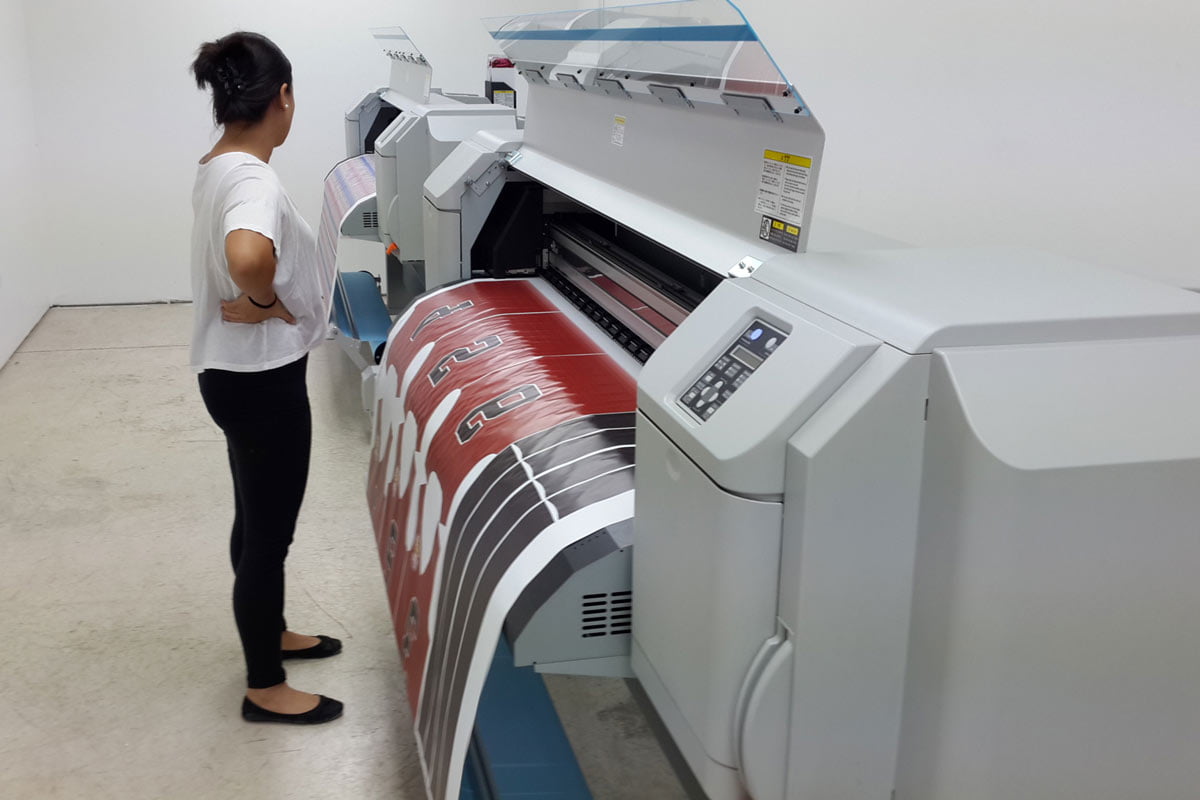Boost Your Layouts with DTF Printing: A Comprehensive Overview
Innovations in DTF Printing: Exactly How It's Changing the Industry
The fabric printing market is going through a considerable makeover, driven by the sophisticated improvements in Direct-to-Film (DTF) innovation. With superior ink formulas, enhanced movie and adhesive technologies, and the assimilation of automation, DTF printing provides dynamic, long lasting prints on a variety of textiles, meeting the raising need for customization.
Advancements in DTF Modern Technology
Advancing swiftly, DTF (Direct-to-Film) printing modern technology has gone through considerable enhancements that are revolutionizing the fabric sector. Modern DTF printers utilize innovative ink solutions that result in lively, durable prints with high resolution and color precision.

In addition, improvements in movie and glue modern technologies have actually boosted the overall application process. New films provide better elasticity and adhesion, improving the durability and washability of the printed styles - Branded clothing. This makes sure that the prints preserve their honesty and vibrancy even after multiple washes
Lastly, ecological factors to consider have actually triggered the advancement of environment-friendly DTF remedies. Manufacturers are significantly adopting sustainable techniques, such as utilizing water-based inks and recyclable films, straightening with worldwide efforts to decrease the industry's ecological impact.
Benefits Over Standard Approaches
When contrasting DTF printing to typical techniques such as screen printing and direct-to-garment (DTG) printing, several distinct benefits arise. Branded clothing. Among one of the most significant advantages is its adaptability in fabric compatibility. Unlike display printing, which often calls for certain textile types, DTF printing can be related to a more comprehensive array of products, including cotton, polyester, and blends, without jeopardizing print quality
Another remarkable benefit is cost-effectiveness, especially for little to medium-sized orders. Conventional screen printing ends up being economically practical only at higher volumes as a result of the configuration prices involved. In contrast, DTF printing eliminates these configuration expenses, making it a lot more economical for smaller sized batches and one-off styles.
Moreover, DTF printing succeeds in resilience and washability. Furthermore, DTF printing provides faster turn-around times.

Enhanced Style Capacities
DTF printing offers enhanced design capabilities that set it apart from standard printing techniques. This advancement enables a more comprehensive range of lively colors, elaborate details, and nuanced gradients, providing designers with unprecedented adaptability. The process includes printing a design onto an unique movie, which is after that moved to fabric. This permits high-resolution prints that keep quality and sharpness, even on complex patterns and small text.
Furthermore, DTF printing supports a large selection his comment is here of textiles, consisting of cotton, polyester, blends, and even non-textile substratums. This adaptability opens doors for imaginative applications in varied markets such as fashion, home decoration, and marketing products. Unlike display printing, which can be restricting as a result of color splitting up and pattern development, DTF printing streamlines the procedure, making multi-color and photo-realistic styles much more easily accessible.
Additionally, DTF printing stands out in accomplishing regular shade precision and vibrancy. In significance, DTF printing encourages developers to press the boundaries of creativity, providing visually spectacular results that were formerly unattainable.
Expense and Time Effectiveness
Among the remarkable benefits of DTF printing hinges on its expense and time performance, making it a preferred selection for numerous services. By removing the requirement for display arrangements and extensive pre-production procedures, DTF printing considerably lowers initial costs. Unlike standard techniques that need significant financial investment in displays and arrangement times, DTF printing allows for direct application onto various products with very little prep work. This decrease in configuration time equates into faster production cycles, making it possible for organizations to accomplish orders extra quickly.
In addition, DTF printing masters producing brief runs and customized orders cost-effectively. The capability to produce high-quality prints without the demand for big volume dedications minimizes waste and enhances resource appropriation. This versatility is particularly helpful for small companies and start-ups that might not have the capital to purchase large-scale manufacturing runs.
In terms of operational effectiveness, DTF printing's streamlined process enhances general productivity. The innovation's compatibility with a variety of substratums and textiles even more widens its application scope, lowering the requirement for multiple printing systems. Subsequently, businesses can accomplish a much faster turn-around time, boosting consumer fulfillment and competition on the market. Therefore, DTF printing stands out as a transformative service in the printing sector.
Future Trends in DTF Printing
Anticipating future trends in DTF printing reveals a landscape here are the findings marked by rapid technical advancements and enhanced market demand (sublimation printing). One substantial fad is the combination of expert system (AI) and equipment learning algorithms to maximize print top quality and streamline operations. AI-driven systems can predict potential issues and readjust setups in real-time, making certain constantly high-grade result
In addition, improvements in lasting products and environment-friendly inks are expected to gain traction. As ecological worries come to be more important, the industry is most likely to see a change towards safe and biodegradable inks, reducing its eco-friendly impact.
Personalization and personalization will also play a crucial function. With the growing customer demand for unique, individualized products, DTF printing technologies are advancing to use more detailed and in-depth modification choices. This pattern is sustained by improved software program options that enable even more complex and imaginative designs.
Last but not least, the combination of DTF printing with various other digital systems and e-commerce options will end up being more smooth. This connectivity will make it possible for companies to supply on-demand printing services directly to customers, even more driving development in the sector. These trends collectively highlight a future where DTF printing not just meets however goes beyond the developing requirements of the marketplace.
Conclusion

When comparing DTF printing to traditional techniques such as screen printing and direct-to-garment (DTG) printing, a this link number of unique advantages emerge. Unlike display printing, which usually requires details fabric kinds, DTF printing can be applied to a broader range of materials, consisting of cotton, polyester, and blends, without jeopardizing print top quality.
DTF printing offers improved design abilities that establish it apart from conventional printing techniques. Hence, DTF printing stands out as a transformative service in the printing sector.
Developments in DTF printing dramatically improve the textile printing market by giving superior print top quality, efficiency, and flexibility.